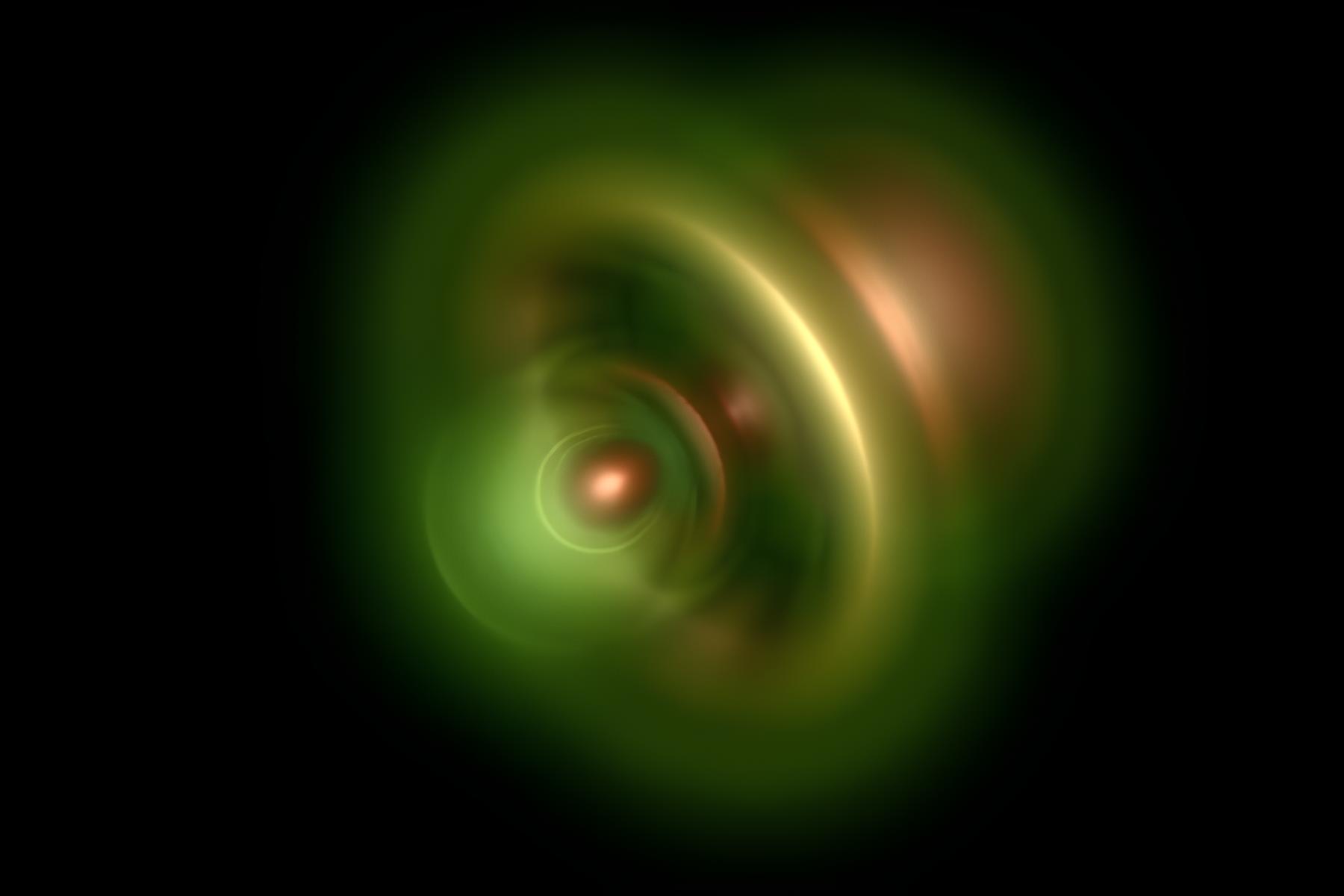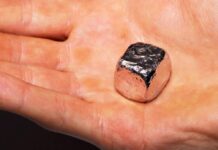Researchers have monitored changes within an atom at a mind-boggling scale—the zeptosecond—in a remarkable achievement of scientific precision. A zeptosecond is one trillionth of a billionth of a second, making it the smallest time division ever observed.
The intriguing event of an electron breaking out from its parent atom when activated by light was the focus of this important study. When photons collide with electrons, they get energized and can break free from their atomic connections. Albert Einstein famously explained this phenomena, known as the photoelectric effect, in 1905.

According to Martin Schultze of the Max Planck Institute of Quantum Optics in Garching, Germany, previous studies into this effect only permitted scientists to witness events after the electron had been released from the atom.
Schultze and his team have now captured the entire procedure from beginning to end. They tracked the whole expulsion of electrons from a helium atom with zeptosecond precision (equal to 10-21 seconds), establishing a breakthrough in time measurement.
The researchers used an ultraviolet laser pulse that was 100 to 200 attoseconds (10-18 seconds) long to conduct their studies. They were able to see events occurring at an astounding pace of 850 zeptoseconds by taking several observations and studying the statistical distribution.

A near-infrared laser pulse lasting four femtoseconds (10-15 seconds) was also used to detect the time an electron departed from the helium atom. The electron is either accelerated or decelerated depending on the electromagnetic field of the laser pulse.
“Using this information,” says Marcus Ossiander of the Max Planck Institute, “we can measure the time it takes the electron to change its quantum state from the very constricted, bound state around the atom to the free state.”
The ejections ranged between 7 and 20 attoseconds, according to Schultze, depending on the electron’s interaction with the nucleus and the other electron.
The researchers were also able to assess whether electrons distributed laser energy uniformly or unevenly. In certain cases, a single electron absorbed all of the energy. This energy split was influenced by a number of factors, including the quantum correlation between electrons and the electromagnetic state of the laser field.
Helium was chosen for the study because it has only two electrons, allowing direct measurement of their quantum behavior. For atoms with more electrons, assumptions about energy division and ejection time would be required.

These ground-breaking findings provide light on the quantum behavior of atoms, particularly the operations of electrons. Understanding these dynamics may lead to significant advances in fields like superconductivity and quantum computing.
“There is always more than one electron,” says Schultze, emphasizing the necessity of understanding electron interactions. They are always interacting. Even at tremendous distances, they will always feel each other. Many things are based on the interactions of individual electrons, but we deal with them as a group. If you truly want to gain a microscopic grasp of atoms, you must first comprehend how electrons interact with one another.”
This remarkable breakthrough in measuring time at the zeptosecond scale offers up new avenues for scientific investigation, allowing researchers to dive further into the complexities of the quantum realm. With each new discovery, our comprehension of the world grows, challenging the limits of human knowledge.






